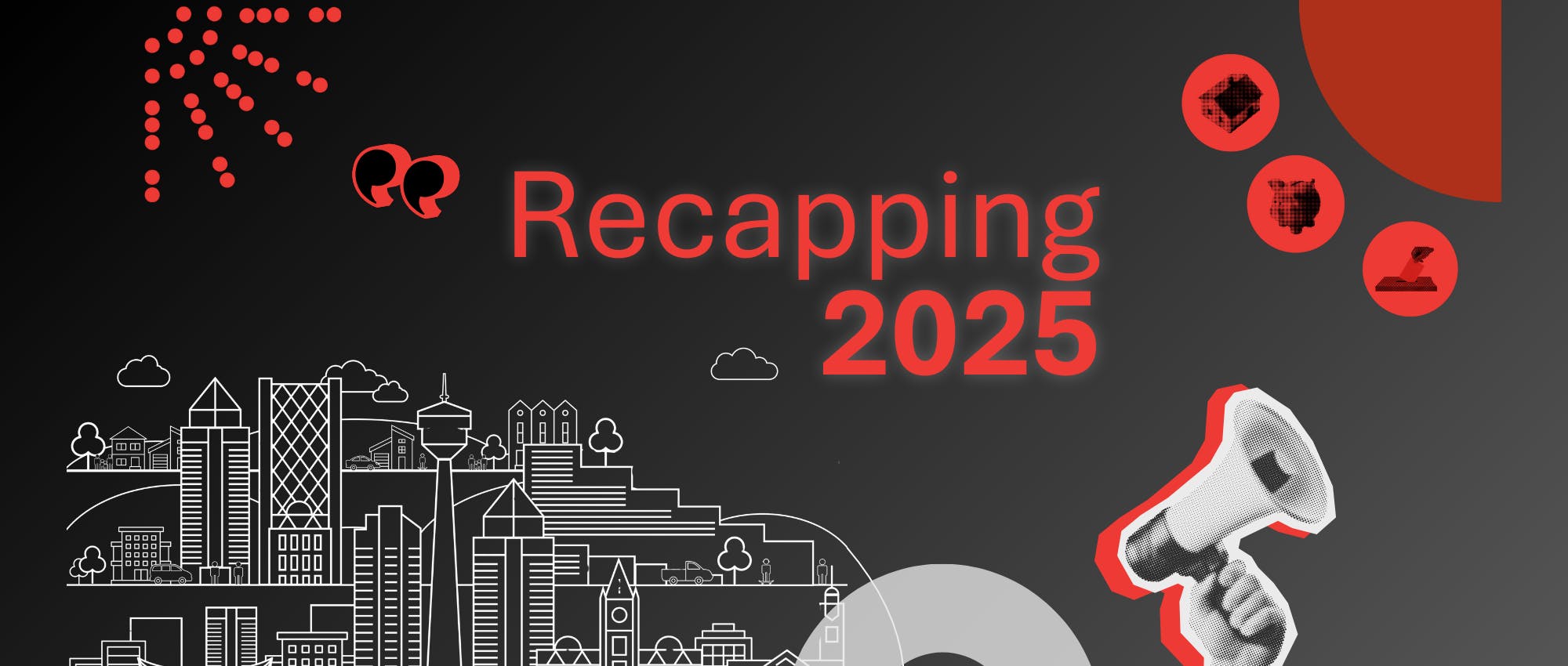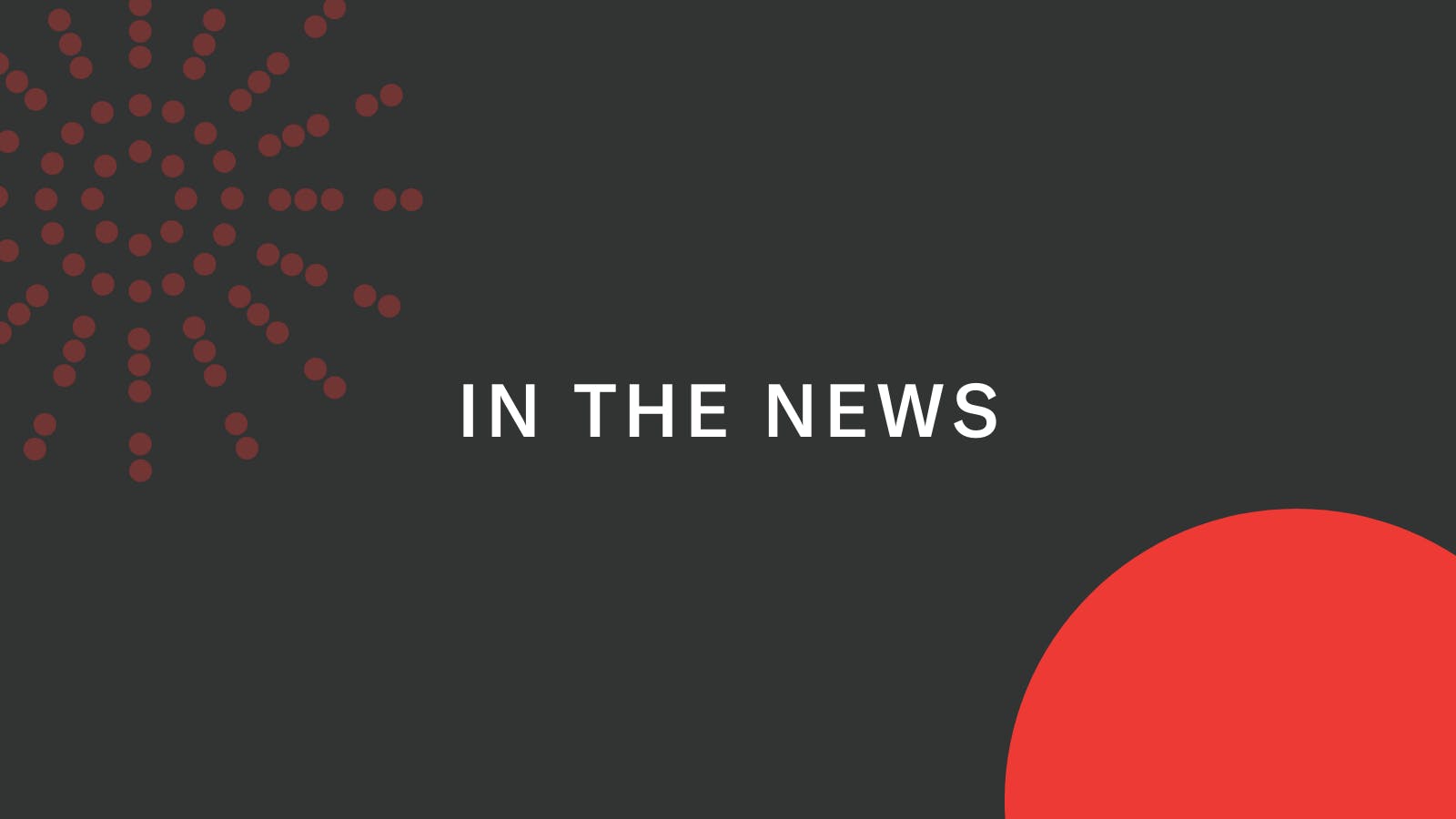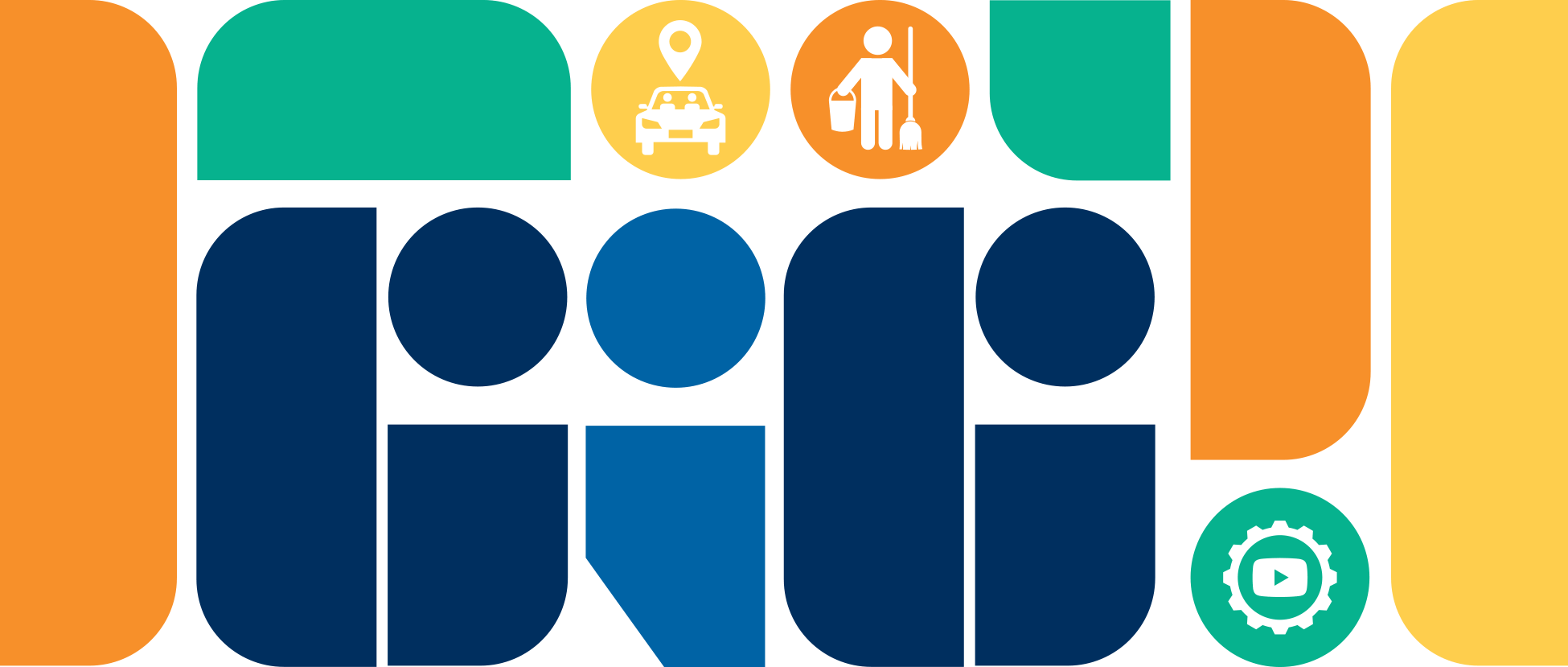We calculate poverty in Calgary by referring to Canada's official poverty line, the Market Basket Measure or the MBM. The MBM is based on the local costs of a basket of goods like food and shelter that a family of four requires to meet their basic needs and achieve a modest standard of living. The MBM is adjusted annually to reflect changes in inflation. A family of four in Calgary who receives less than $57,909 and a single person who receives less than $28,954 annually is considered to be in poverty.
In this article, we use three poverty measures, the MBM, the Low-income measure (LIM), and the poverty gap, to compare Calgary's rates to those of Canada and Vancouver to capture any policy or economic differences at the national and provincial levels.
Figure 1 compares Calgary's MBM poverty rate with Vancouver and Canada from 2015 to 2022. The MBM reflects how many Calgarians have less income than the deemed poverty line. In 2015, Calgary's poverty rate was lower than Canada's and Vancouver's; however, beginning in 2020, it follows the same upward trend in both jurisdictions. In 2022 Calgary has very similar rates to the rest of Canada. According to the 2022 Canadian Income Survey, 163,000, or 10% of Calgarians live below the poverty line, which is close to our peak poverty rates of 11% in 2015 and 2018.
Figure 1: A comparison of poverty rates for Canada, Vancouver, and Calgary 2015-2022

Source: Authors own calculations. Statistics Canada. Table 11-10-0135-01 Low-income statistics by age, sex, and economic family type
Relative Low Income
What is it?
The LIM is a relative measure of low income. If a person's after-tax income is less than half or 50% of the median after-tax income, that person is considered to be living in poverty. The LIM can also be used as a measure of income inequality as it compares everyone's income to the median income, which represents the midpoint of the income distribution, where half of the population earns more and half earns less.
Figure 2 compares Calgary's relative low income with Vancouver and Canada. Similar to the MBM, Calgary's LIM rate is noticeably lower compared to Vancouver and Canada from 2015 until 2021, while Vancouver and Canada follow a similar trend from 2015-2022. In 2019, Calgary's LIM rate began to trend upwards, and in 2022, it remains only slightly below LIM rates in Vancouver and Canada. This is considered a negative trend. According to this measure 152,000, or 9.5% of Calgarians live below the poverty line.
Figure 2: A comparison of the Low-Income Measure (LIM) for Canada, Vancouver and Calgary 2015-2022

Source: Authors own calculations. Statistics Canada. Table 11-10-0135-01 Low-income statistics by age, sex, and economic family type
The Poverty Gap
What is it?
The poverty gap, also known as the average gap ratio or the low-income gap ratio, measures the average distance (in income) that a low-income household is from the poverty threshold. It is a percentage of the distance between a person's income and the low-income line.
Figure 3 compares Calgary's poverty gap with Vancouver and Canada. Calgary's poverty gap has experienced less volatility compared to the poverty rate; however, the rate has increased overall by 8% comparing 2022 to 2015, while Vancouver's poverty gap has decreased by 5%. Canada is somewhere in the middle with a marginal 2% increase.
In the case of Calgary's poverty gap, the increase is considered a negative trend as those in poverty are falling further behind.
Figure 3: A comparison of the poverty gap for Canada, Vancouver, and Calgary 2015-2022

Source: Authors own calculations. Statistics Canada. Table 11-10-0135-01 Low-income statistics by age, sex, and economic family type
The Material Deprivation Index
Food Banks Canada recently released a new measure of poverty referred to as the material deprivation index. The material deprivation index (MDI) measures poverty by assessing the degree households lack basic needs items and activities necessary for a decent standard of living, rather than just their income level. According to this measure, Alberta’s MDI rate is higher than Canada and B.C. with 17.6% of the population having a poverty-level standard of living. While the report doesn’t compare the reported index numbers with other years, we can only assume in this period of rising costs that it has gotten worse.
Why are we getting worse?
The negative trends are due to a mix of economic and policy-related factors. One factor is related to Canada's productivity rate. Productivity refers to the value of what each worker can produce which could look like new clothes or creating new technologies, divided by the number of hours worked. The idea is, the more an economy can make with fewer resources, the better off everyone will be. It’s also a purely economic understanding of productivity and should not be confused with other contributions. For instance, GDP does not capture unpaid work such as caregiving, domestic work, education, or volunteer community work. These activities would be considered "nonproductive" in a GDP measurement framework despite their valuable societal contributions. Regardless, productivity drives growth in our earnings, and should be considered an important factor to those concerned about income poverty trends. Low productivity (among other reasons) is also contributing to the erosion of Alberta's higher-than-average incomes, one element of the "Alberta Advantage." More than in any other province, average wages have declined by 10% relative to inflation over the last decade. Other contributors to Calgary's poverty trends include the rise of gig work, characterized by temporary and on-demand jobs. Alberta has more gig workers relative to other provinces, and these workers are paid as independent contractors and often lack the protections and benefits of traditional employment.
The lingering effects of the COVID-19 pandemic and slow and uneven recovery may also be influencing poverty trends. Additionally, Alberta's minimum wage, one of the lowest in Canada and not tied to inflation, has failed to keep pace with the rising cost of living. Canada's lack of affordable housing is also playing a role in Alberta, however indirectly – average rents in Calgary have increased by 40% from 2020 to 2023, the highest among major Canadian cities. Although governments at all levels have stepped up investments in housing, it will take some time to realize the impact of the investments.
These factors contribute to a situation where all measures of income poverty, including the number of people affected and the deprivation of poverty, are getting worse, but there are solutions.
- Index and raise the minimum wage.
- Business owners voluntarily paying living wages when they can.
- The Alberta Business Council's report "Define the Decade" includes a set of recommendations to ensure greater shared prosperity, economic growth, competitiveness, and sustainability in all areas.
- Continue investments towards the National Housing Strategy, the City of Calgary's Home is Here strategy, and the Alberta government's Stronger Foundations strategy.





